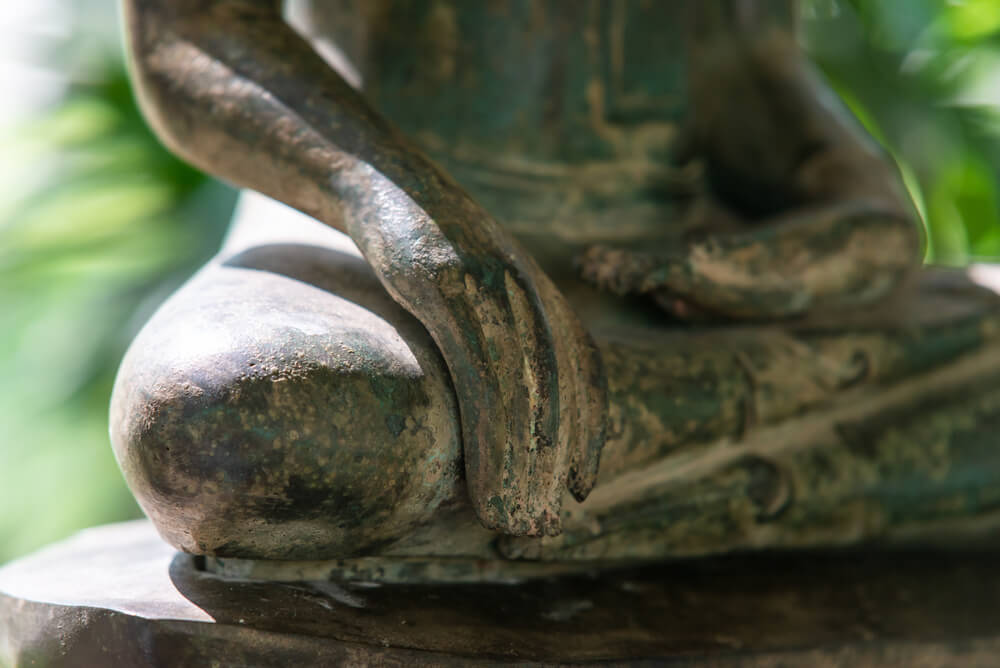What is Hakomi?
Created by the internationally renowned therapist and author Ron Kurtz (1934-2011) with assistance from a core group of colleagues, Hakomi draws from General Systems Theory and body-centered therapies. Other inspirations come from Reichian work, Bioenergetics, Gestalt, Psychomotor, Feldenkrais, Structural Bodywork, Ericksonian Hypnosis, Focusing, Neurolinguistic Programming, Buddhism, and Taoism.
The method continues to evolve in response to ongoing discoveries in neuroscience, traumatology, attachment theory, and other related fields. While primarily a method of psychotherapy, Hakomi fits with many mind-body, educational, coaching, and wellness modalities.
Key Aspects
of Hakomi Mindful Somatic Psychotherapy
Experiential
Hakomi embraces Frieda Fromm Reichman’s belief that “the patient needs an experience, not an explanation.”
Although sessions include talking, our experiential approach deepens therapy beyond insight and words to access the “blueprints” that shape our present-day experiences.

Mindfulness Centered
For over 40 years, Hakomi has pioneered the psychodynamic use of mindfulness in therapy.
In session, clients learn to cultivate a compassionate, self-observing presence where gestures, tensions, voice tone, facial expressions, and other “somatic indicators” become routes to the formative experiences we call Core Material.

Transforming Core Material
Core material consists of formative experiences and resulting emotional attitudes, memories, neural patterns, and beliefs that organize our lives invisibly and automatically.
This core material leads to character adaptations that help us survive difficult circumstances when we’re young but eventually prevent us from growing into our fullest selves.
Once these adaptations are conscious and directly experienced, interventions unique to Hakomi can transform core material and the habits that create disharmony in our relationships and inner lives.


A Safe and Attuned Relationship
The healing relationship is central to Hakomi as attachment issues are often vital elements of core material.
Hakomi practitioners develop exquisite sensitivity and attunement to others through tracking and contact, bi-directional mindfulness, and loving presence.
These skills make Hakomi paradoxically powerful: It is gentle and nonviolent yet goes deep and often yields dramatic and rapid results.
Body - Centered
We use “bottom-up” processes (i.e., from sensing to meaning) to access our clients’ embodied knowing. The body’s structures and habitual patterns are an experiential route to the root of their self-organization and a portal to new possibilities.
Many Hakomi somatic interventions involve:
- Accessing core material through body reading,
- Repeating an involuntary gesture to bring early learning into consciousness,
- “Taking Over” tension or held-back impulses, or
- “Physicalizing” a self-state or emotional attitude.

The “Missing
Experience”
Hakomi supports transformation by providing what Ron Kurtz called the “missing experience.”
Integrating an individually-tailored experience missing from childhood can rewire neural pathways and reconsolidate implicit memories in ways that allow new, more nourishing experiences to unfold.


After practicing for 30 years, with this training I feel like I’m finally the therapist I always wanted to be.”

The Hakomi Method in Three Steps
Step 1
Establish a safe relationship for the client to be mindful and invite the client to notice what they are curious about.
Step 2
Use mindfulness to notice or deepen experiences that lead to the discovery of organizing core material and adaptive strategies.
